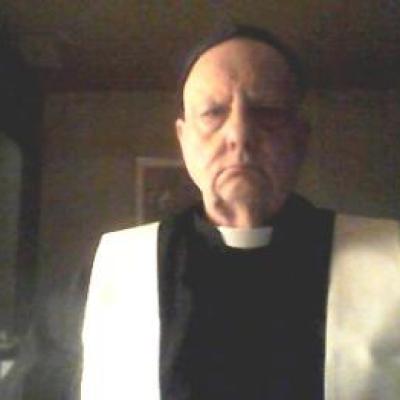


December 27th: Feast of Saint John, Apostle and evangelist
«He saw and believed»
Today, the liturgy celebrates the festivity of Saint John, Apostle and Evangelist. The first day after Christmas, the Church celebrates Saint Stephen's day, the first martyr of the Christian faith. And the following day is the feast of Saint John. Saint John is the one who better and most deeply understood the mystery of the Word Incarnate. John was the very first “theologian” and best example for any other true theologian. Today's proposed fragment of his Gospel helps us to consider Christmas from the perspective of the Lord's Resurrection. Indeed, when John arrived at the empty tomb, “he saw and believed” (Jn 20:8). Trusting the Apostles’ testimony, every Christmas we are stimulated to ‘see’ and ‘believe’, too.
We can also find these same words “see” and “believe” in connection with Jesus' birth, the Verb incarnated. Pushed by his heart's intuition —and we should add, by “grace”— John “sees” beyond what, at that time, his eyes can see. In fact, he believes without “having yet seen” the Christ; and receives the praise of those “who have not seen and have believed.” (Jn 20:29), and that ends chapter twenty of his Gospel.
Peter and John “run” together towards the tomb, but the text says John “ran faster than Peter and arrived at the tomb first” (Jn 20:4). It seems that the desire to be again by the side of the One he loved —Christ— was stronger than that of physically being next to Peter, with whom, however —by waiting for him and allowing him to be the first to enter the tomb— he shows that it is Peter who holds the primacy of the Apostolic College. Yet, it is his ardent heart, full of zeal, John's impassionate love, which impels him to “run” and “outrun”. This is a clear invitation for us to equally live our faith with such a fervent desire to see the Resurrection.